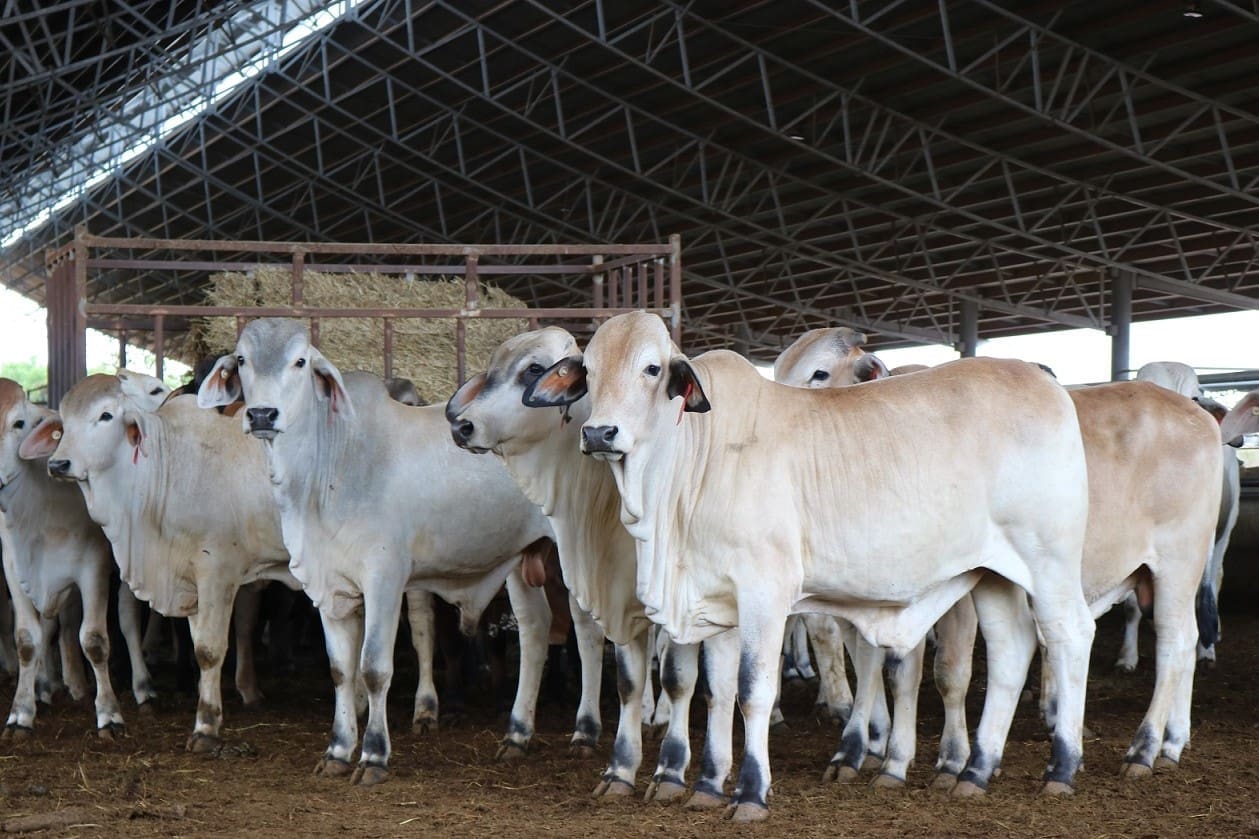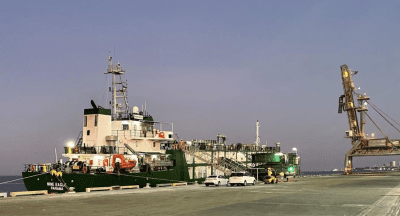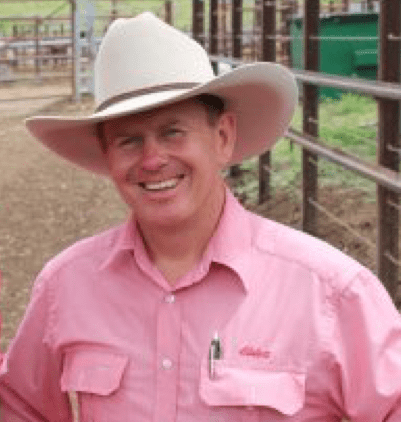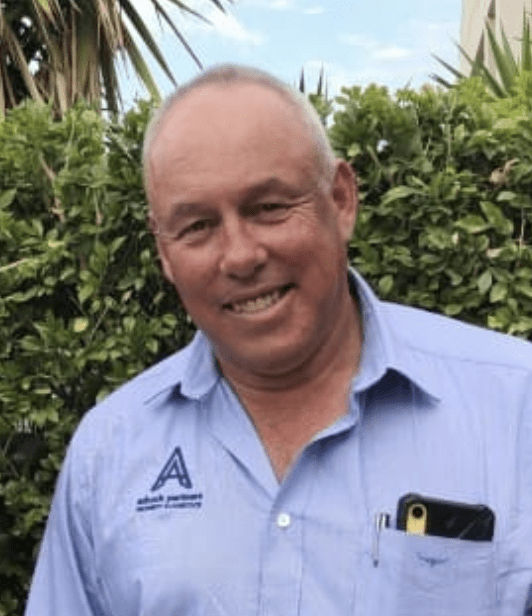THE emerging impact of shifts towards Wagyu and crossbred programs by some northern cattle companies is among a number of factors affecting available supply of suitable cattle for Indonesia, people close to the trade have told Beef Central this week.
Exporter feedback indicates demand from Indonesia remains relatively weak with importing feedlots still pushing back against Australian cattle price levels, despite falls from $5/kg to $3/kg so far this year, citing competition from lower priced meat in Indonesia, particularly frozen Indian buffalo meat.
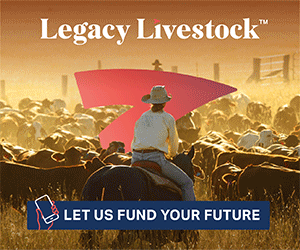 But on the supply side there are also signs available numbers of straight Brahman cattle sought by Indonesian feedlots are not as plentiful as might normally be expected at this time of year.
But on the supply side there are also signs available numbers of straight Brahman cattle sought by Indonesian feedlots are not as plentiful as might normally be expected at this time of year.
One abundant source of numbers is the estimated 60,000 head of Brahman cattle assembled by vendors on floodplains near Darwin through the dry season, which will start being sold before the wet season takes hold at the end of the year.
Tenders for the first of those cattle have started appearing this week, but not all will be able to go to Indonesia, due to recent crackdowns on any cattle with signs of skin blemishes or markings, such as buffalo fly lesions or bumps and scrapes, amid Indonesia’s recent concerns about lumpy skin disease (see Beef Central’s Sep 4 article highlighting this issue here).
Skin rejections limiting export numbers
Exporter Ashley James from North Australian Cattle Co loaded the Nine Eagle with 1200 cattle for Indonesia in Darwin last Sunday.
He told Beef Central the strict enforcement of export protocols meant 30 to 40 percent of otherwise healthy cattle, which traditionally would have been approved for shipping consignmments, now had to be rejected during pre-export inspections on stations due to skin lesions and markings.
Australian cattle exporters and Indonesian importers are meeting in Jakarta tomorrow and a delegation of Indonesian Government officials is expected to visit Australia in coming weeks.
Northern Australian cattle producers will be hoping for a resolution to the current zero-tolerance approach to cattle with skin issues as soon as possible, which means tens of thousands of northern cattle bred specifically for Indonesian feedlots cannot be exported there and have few other viable market options.
Mr James said the large numbers of cattle being rejected meant it was getting hard to find suitable numbers of cattle for Indonesia in the Northern Territory, with the trade now waiting for flood plain cattle to come on the market.
Northern breeding shift impacting livex supply
Indonesian importers have a strong preference for straight Brahman cattle, and another factor starting to have an impact on supply is the number of northern stations that previously bred cattle for the Indonesian market but which recently started diversifying into Wagyu or cross breeding programs, Tom Kennedy from Elders in Townsville told Beef Central.
“I don’t know whether there is an abundance of cattle,” Mr Kennedy said, when asked about supply levels across the north for the Indonesian market.
“A number of cattle have gone into Wagyu programs, and cross bred programs, so there are cattle that have disappeared out of the system.
“A lot of cattle from western Queensland that would have previously been exported to Indonesia are now gravitating to the eastern seaboard and either going live export to Vietnam or to meatworks or feedlots.”
Mr Kennedy said the growth of feedlots in northern Queensland reflected a similar trend, with capacity increases around Townsville and Charters Towers over the past decade meaning around 10,000 head of cattle were now typically on feed in the region.
‘Grey over grey’ numbers well back
Michael Spencer from Adcock Partners Property & Livestock agreed the Wagyu trend is occurring but predicted its real impact will be felt next year.
“The Wagyu thing is real but I’m not sure it is currently a factor,” he told Beef Central.
“I am certain that there is not a big volume of export cattle in the north , but I put that down to the southern market strength last year.
“Many thousands of weaners went south last year and they would normally be this year’s export cattle.
“Add that to many of the corporates – NAPCO, AACo, CPC, Kidman, Paraway, Hughes – changing breeding programs to Wagyu or more southern eligible breeds and the grey over grey numbers are well back.
“I would guess that over 100,000 cows could be joined to Wagyu in the NT by next year.”
Likely turning point next year
Next year will be the turning point, he said.
“This year’s calves will be exported next year. There is no doubt the markets for export to Indo and Vietnam are both tough and its lucky we don’t have a huge inventory as Plan B is not available (coming south again).”
For the record, according to DAFF export data, Australia exported 106,149 cattle to Indonesia in the three months from October to December 2022.
Meanwhile, following NACC’s shipment last weekend, further signs of trade activity starting to rebuild post the export yard suspensions are emerging with the Galloway Express loading cattle in Darwin and sailing for Indonesia today.

